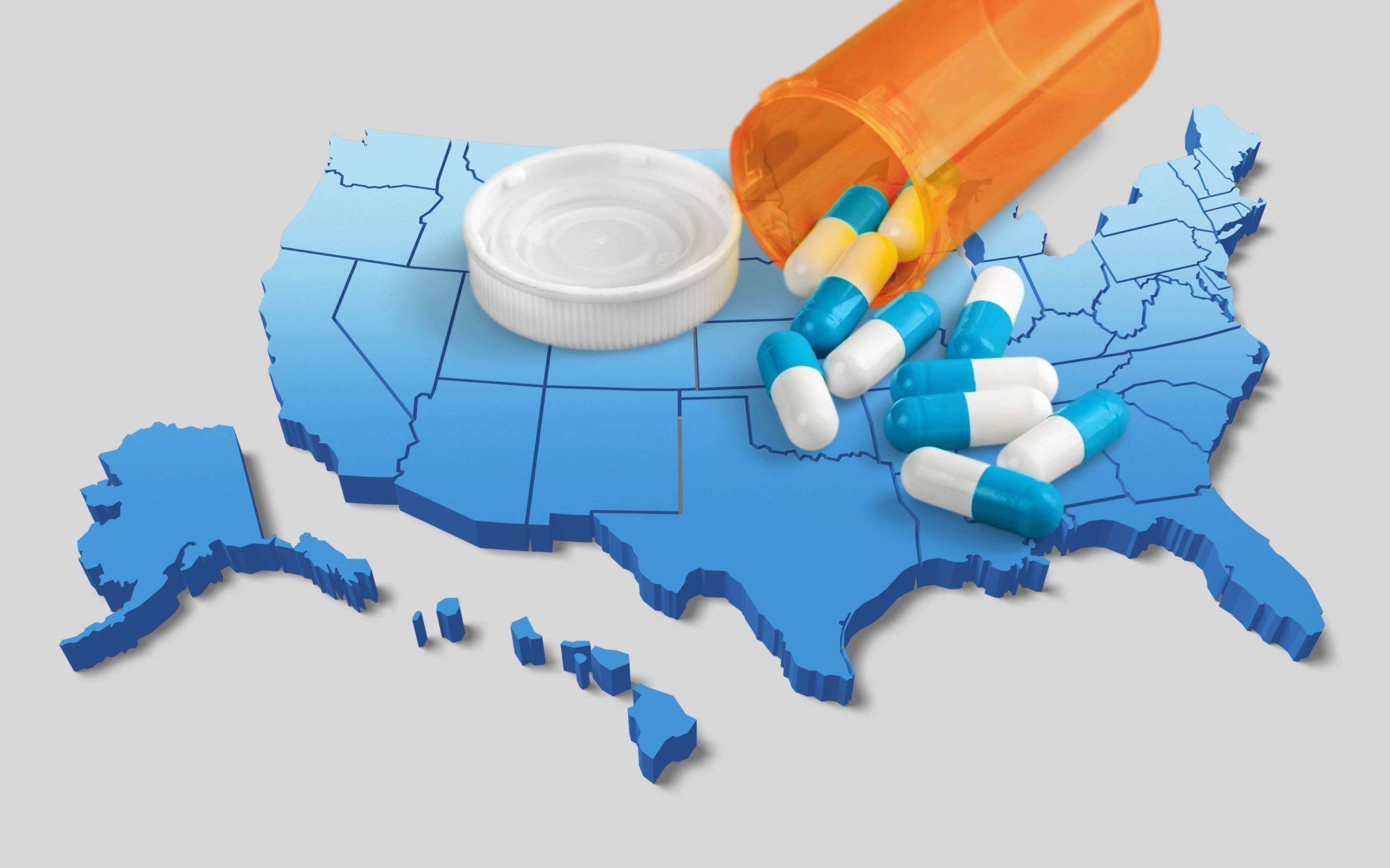The opioid crisis has impacted millions of lives across America. Indiana is no exception. The state has been significantly affected by opioids, with overdoses nearly doubling since 2010, growing from 923 to 1,809 in 2017. In fact, the number of Indiana residents who die of drug overdoses has now surpassed the number of residents that die from car accidents.
Data from the Centers for Disease Control and Prevention (CDC) reveals the problem continues to grow, with overdose deaths increasing from about 1,700 in 2019 to more than 2,000 in 2020, a 33% increase.
Combating the reach of opioids in the Hoosier state includes addressing barriers to care and improving laws and policies related to opioids.
Overcoming Stigma
According to a 2018 focus group conducted by Pew Charitable Trusts, many Indiana residents didn’t seek treatment for opioid use disorder (OUD) because they feared judgment, being criticized for lack of discipline, and the stigma surrounding opioid use. Many residents felt cashiers and pharmacy workers treated them differently when filling prescriptions for medications prescribed with OUD, such as buprenorphine, methadone, and naltrexone. Although the Food and Drug Administration has deemed these medications safe and effective for treating OUD, there is still a stigma attached to them. As a result of internalizing this kind of stigma, many residents avoided treatment that could help drastically improve their lives.
Indiana is working to overcome this stigma through initiatives like Next Level Recovery. The initiative shows how people with OUD are dealing with a severe health condition that has a real chance for remission.
Role of The Health Care System
Deficiencies in the health care system, both in Indiana and nationwide, have contributed to the opioid crisis. Indiana suffers more acutely from the opioid crisis due to its ranking as one of the United State’s unhealthier states. More than 30% of Hoosier residents live in poverty, and funding for public health in the state is in the bottom third of all states. These factors, among others, are why Indiana is ranked 48th in the nation for quality of life.
Efforts to address the situation in Indiana include transforming and improving how the state handles OUD. This process includes providing improved access to all approved treatment medications and increasing the number of substance use disorder (SUD) counselors through increased reimbursement rates, per Pew recommendations.
Some actions are already underway. Indiana is one of the few states that has implemented Narcan vending machines. Narcan, like naloxone, helps to reverse the effects of an opioid overdose quickly. Efforts like this may not address the underlying causes of addiction, but it is a step in the right direction for preventing more deaths from OUD.
Legal Issues Around Opioids
Fear of being prosecuted for illegal substances can also prevent some people from reaching out for help when they or someone they know has overdosed. Indiana currently has an overdose immunity law that protects individuals from criminal liability if they seek help for an overdose. The law, however, is tied to several requirements. One requirement is that an individual must administer an overdose prevention drug like naloxone to qualify for immunity.
Updating the state’s drug paraphernalia laws offers another avenue to improve outcomes in the event of opioid overdoses. Indiana allows for syringe exchange programs to operate, but anyone possessing a syringe from a program is not exempt under the current paraphernalia law in the state.
A final legal change that could be beneficial is to create safe stations within Indiana’s police departments where someone dealing with an opioid addiction could go for information or transportation to a treatment facility without fear of prosecution for illegal substances.
Revising Treatment Options
Changes in the laws around access to methadone and buprenorphine would also help treat the opioid epidemic in Indiana and across the U.S. For instance, several states have mobile methadone vans. These types of moving clinics can benefit rural areas with fewer treatment options. But the DEA has not approved a new mobile van for 15 years.
Making it easier for Indiana residents to access medication-assisted treatment (MAT) could also help combat the state’s opioid crisis. MAT is considered the gold standard therapy for opioid use disorders. This type of treatment combines FDA-approved medications with behavioral counseling to help people recover from opioid addiction.
Another change that could help is expanding Indiana’s legal definition of a recovery house. These alcohol and drug-free residential spaces often do not allow individuals to take FDA-approved medications while living in the house. Changing that law could help more people stay in treatment for opioid use disorder.
Bridging The Gap Between Crisis and Recovery
Combating the opioid epidemic in Indiana will require multiple efforts over time. There isn’t one solution, but addressing legal and health care barriers to treatment is a step in the right direction that could benefit many people and save an untold number of lives.
Bridges of Hope takes a comprehensive and integrated approach to treatment that includes treating all types of challenges related to substance use and mental health disorders. Contact us today if you or someone you love is looking to receive all-inclusive behavioral health care in Indiana.


 Verify Insurance
Verify Insurance
 Toll Free Call
Toll Free Call